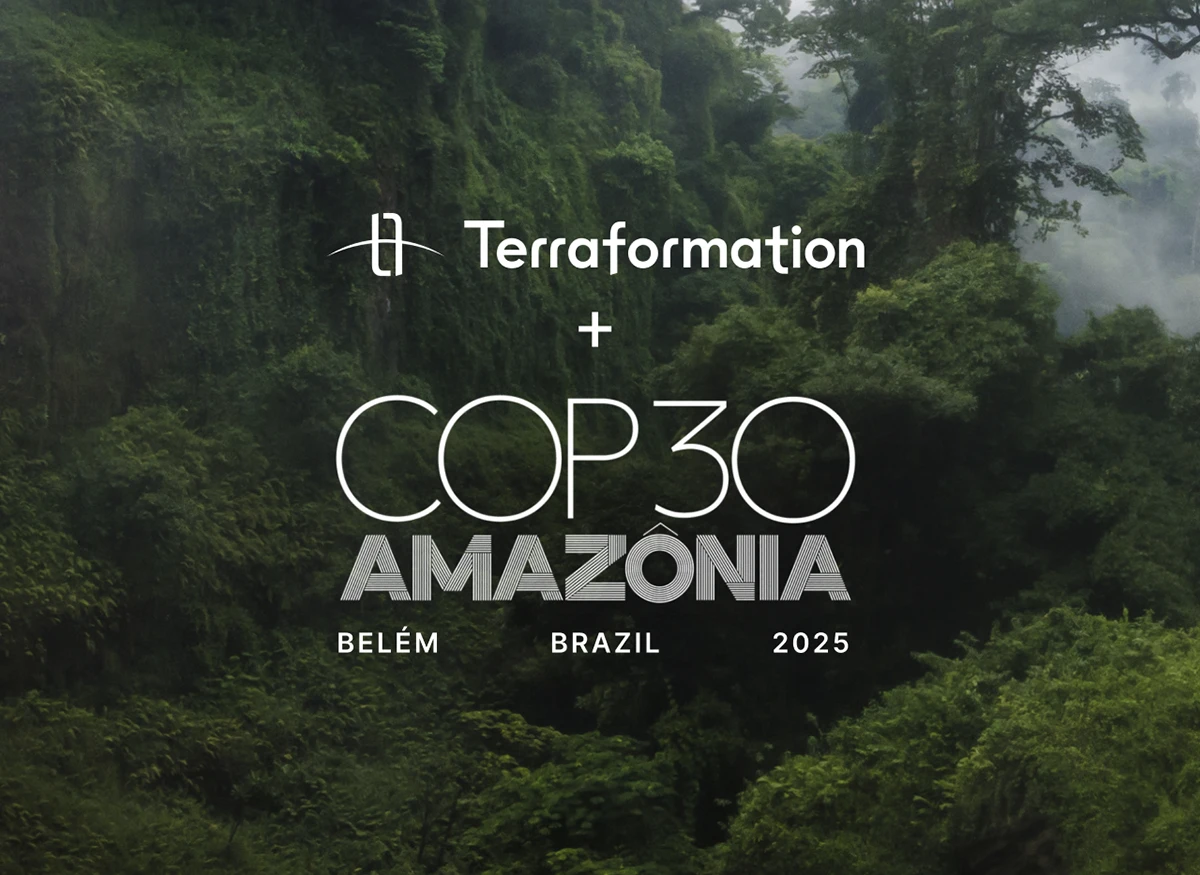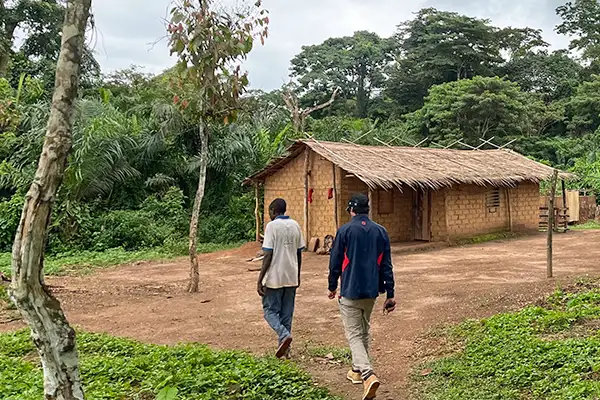Reforestation — The Front Line in Our Climate Battle

Earlier this month, the journal Nature published research results showing the realistic global forest carbon potential is around 226 gigatonnes (Gt) of carbon. That amount is roughly 1/3 of the carbon emitted since the beginning of the Industrial Revolution that is still in the atmosphere. This makes forest carbon one of the most promising avenues available to close the gap on carbon drawdown.
The study, co-authored by hundreds of scientists worldwide, combined multiple methods of ground-sourced and satellite-derived biomass estimations, and validates the conclusions of a 2019 study that claimed very similar results.
With such a collaborative, comprehensive study reaffirming the power of global forests as a tool for fighting climate change and restoring biodiversity, the world must direct far more resources toward implementing this solution.
To restore nature is to invest in nature. The organizational infrastructure and financial support needed to make this solution possible are aspects toward which the world’s governments, corporations, and other influential groups should direct their primary focus.
Reforestation: A Proven, Simple Solution
Planting trees is a process as old as nature itself, a simple act that yields immense benefits.
Forest restoration is also the best solution for biodiversity loss. Each tree planted in the restoration of a native forest is a step toward restoring habitats for countless species. As forests grow, they become homes for wildlife, conserving biodiversity and restoring ecological balance.
Beyond carbon sequestration and biodiversity, reforestation offers numerous advantages. It improves soil health, regulates water cycles, and even benefits mental health. Forests also provide resources and livelihoods for local communities, fostering sustainable development.
Unlike engineered solutions, which are often experimental and risky, reforestation is a well-understood, low-risk strategy. The last time Earth’s atmosphere had CO2 levels this high, forests and other plant life were what brought them down. It is a simple solution accessible to anyone worldwide.
A Call to Action: Funding and Support
But achieving truly large-scale reforestation can’t happen without significant funding, support, and attention. It’s time to prioritize reforestation in climate action policies.
It’s not enough to merely direct funding to existing reforestation organizations and teams. What we need are more teams coming to the table, in turn enabling more groups and teams based in local communities all over the world.
The beauty of reforestation is that it is fundamentally inclusive. With basic training and common infrastructure, new teams from communities worldwide can bring their knowledge of local ecosystems and native species to re-establish their local forests, restoring the land and fostering economic growth in the area. It is a solution that is global in scope, yet hyper-local in its implementation.
Terraformation has launched an accelerator program that provides local teams with the equipment, training, and financing vehicles needed to restore their forests. We then help them scale their projects and move on to train other teams in the region. These programs are catalytic, but to get off the ground and ultimately reach the scale our planet needs, the program and our partners need sustained funding and upfront capital commitments.
The key technical bottlenecks have been overcome, and the essential scientific research is clear. It is now possible to deploy hundreds of millions of dollars immediately, within the next few years, to enable the restoration of native, biodiverse forests by local community-led teams.
Governments, organizations, and individuals must come together to invest in this solution. This is not just planting trees; it’s about restoring our planet.
We Can Be Ancestors of a Better Planet
Reforestation is a powerful, effective, and necessary tool in the fight against climate change. It’s an approach rooted in simplicity, backed by science, and beneficial for both the planet and its inhabitants. As we face the climate crisis, let’s remember that sometimes the best solutions are the most natural ones. Let’s invest in reforestation and watch our world heal, one forest at a time.
About the
Series:
Who Will Speak For The Trees?
At a time when human economic development is prioritized over the needs of nature, the Who Will Speak for the Trees? series features top reforestation leaders with a broad range of restoration expertise, including climate tech, monitoring, science, finance, media, and more. These diverse voices offer expert viewpoints to instill confidence in how humanity can support nature to deliver a forested future for all living things on Earth. Join us for this ongoing series to learn more about the science of reforestation and how restoring ecosystems is part of a comprehensive climate solution.
















